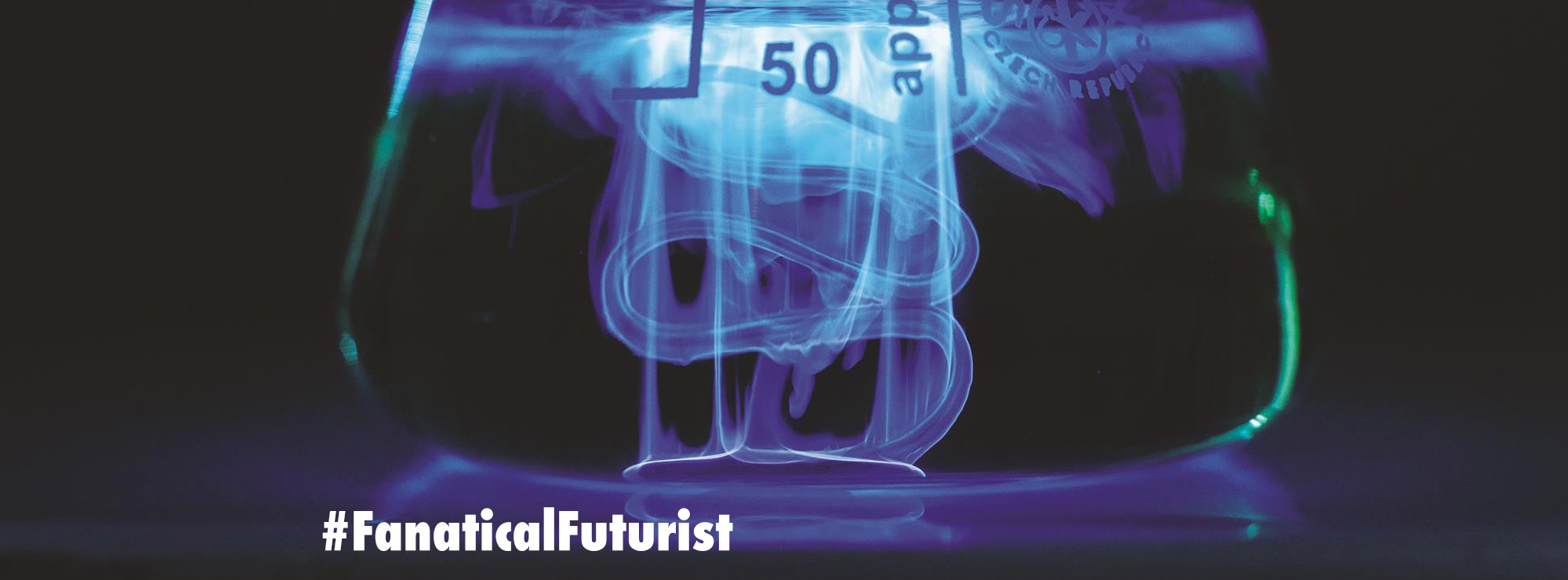
WHY THIS MATTERS IN BRIEF
In order for us to run holograms like we see in the movies lots of different technologies have to come together, and they are …
 Love the Exponential Future? Join our XPotential Community, future proof yourself with courses from XPotential University, read about exponential tech and trends, connect, watch a keynote, or browse my blog.
Love the Exponential Future? Join our XPotential Community, future proof yourself with courses from XPotential University, read about exponential tech and trends, connect, watch a keynote, or browse my blog.
A project at the Australian Research Council Centre of Excellence for Transformative Meta-Optical Systems (TMOS) has developed a device that might ultimately allow live holography to be used in field hospitals. The potential impact of dynamic 3D holograms in medical care has been clear for some time, as a way to give surgeons a more comprehensive real-time understanding of a patient’s internal systems in environments like field hospitals or low resource settings.
The challenges, however, have remained substantial. Such holography will need a miniaturized optical system that can be integrated on a chip, consumes minimal power, can shift a beam into free space, control the beam shape, and has a tunable wavefront.
The TMOS project believes that it has now brought that technology a step closer to reality using meta-optics, combining a vertical nanowire with a microring laser made from semiconductor nanostructures. The results were published in Laser & Photonics Reviews.
“This is the way forward towards low power consumption, on-chip microlasers with tunable emission directionality,” said TMOS’s Wei Wen Wong. “This new development removes one of the key obstacles standing in the way of realizing 3D holograms.”
In its published paper the project notes that controlling the direction of emission is a key hurdle for downscaling these technologies and creating compact devices, and that most current solutions involve coupling the structures to external light sources, which hinders integration options.
The team’s new approach combines an indium phosphide (InP) microring laser cavity with a vertical InP nanowire antennae that sits in its center and directs photons into freespace with specific beam shapes. The microring cavity, which functions as the light source, and the antenna are grown simultaneously using a selective area epitaxy technique, allowing the device to be less than 5 microns in size.
“Compared to passive nanoantennas or metasurfaces for directional light scattering, our approach proves to be a more pragmatic solution for on-chip integration, given its much better scalability and independence on external light sources,” said the project in its paper.
“It is our hope that this novel device will one day be integrated into a device small enough and cheap enough for medical professionals slip into their pocket as they travel to remote areas, allowing full color dynamic holograms to be projected from field operating tables,” commented Wei Wen Wong.
The project builds on research into light manipulation at TMOS, which is a collaboration between universities in Canberra, Melbourne, Sydney and Perth. In 2021 TMOS was part of a project creating nanoscale crystal films for improved human night vision, transforming infrared light into visible images in an ultra-thin screen.
“The development of dynamic holograms is one of our Centre’s flagship projects,” said TMOS Chief Investigator Hoe Tan. “Teams across all five participating universities are working together to make this a reality. The next step for our research is to create an array of pixels where the wavefront and beam shape can be controlled individually and dynamically tuned.”















